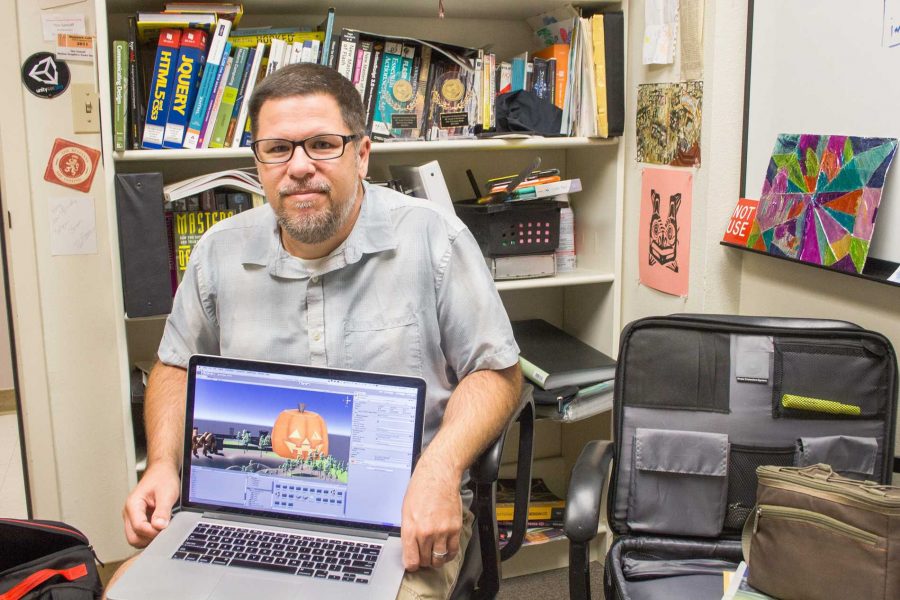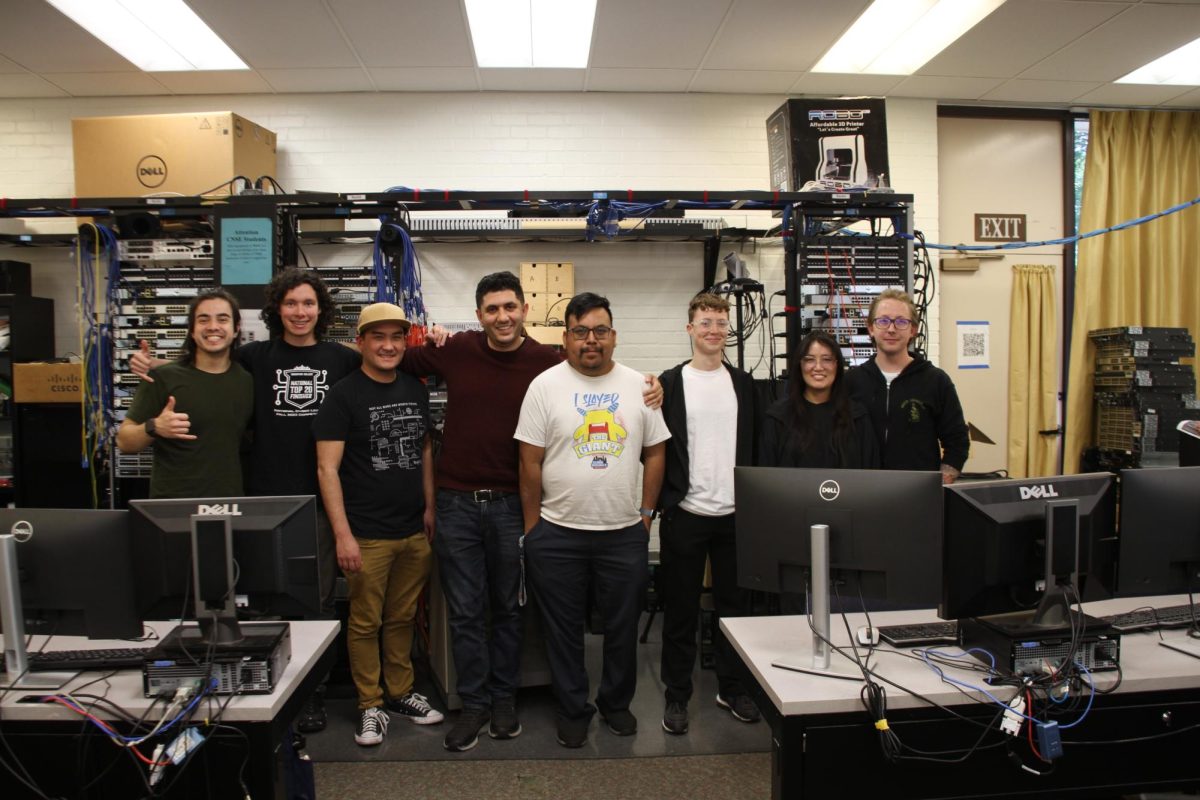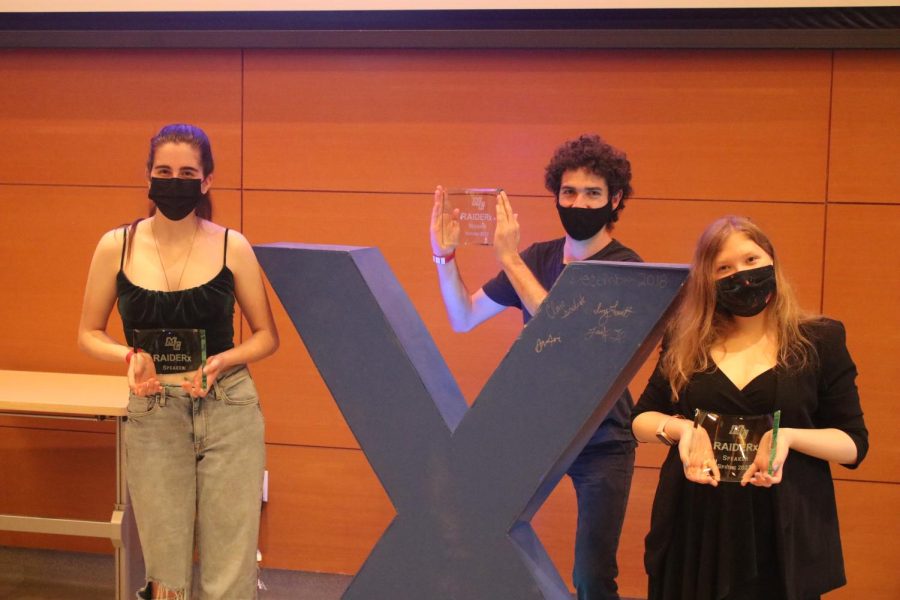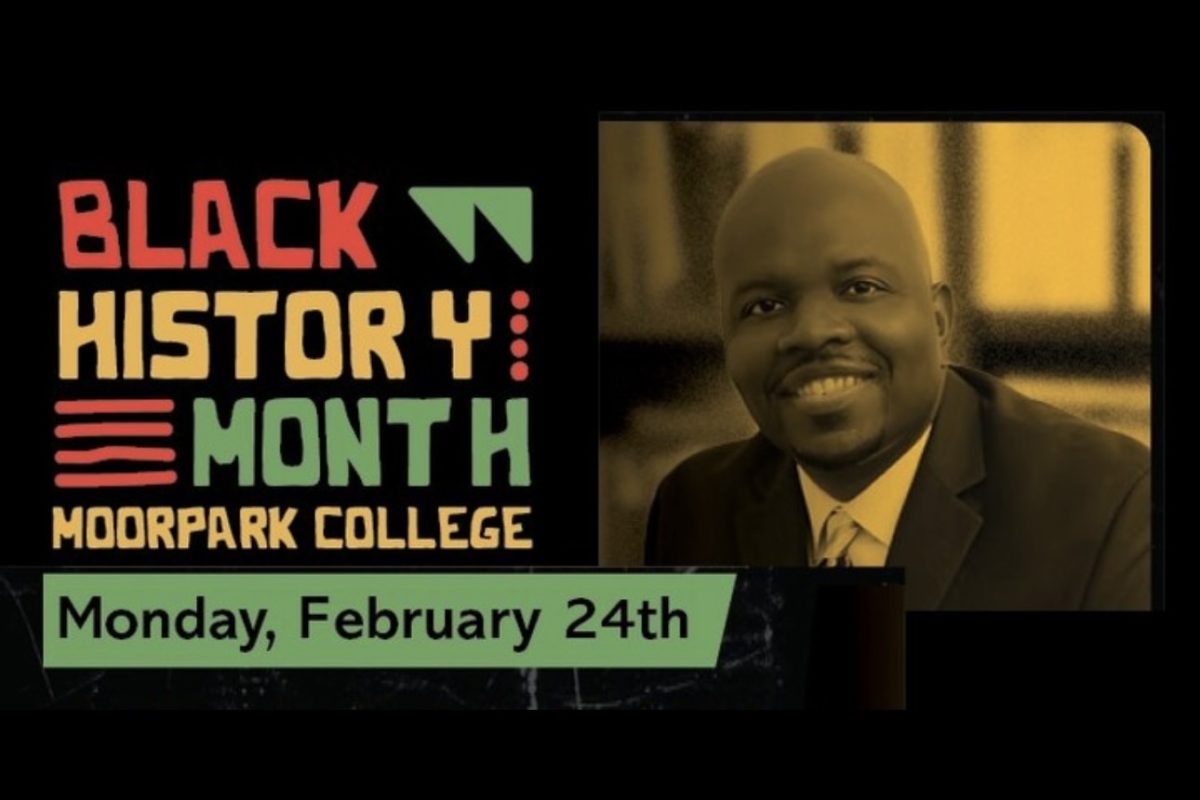Game design enthusiasts can look forward to a program that will teach them to create games and help them gain employment in the gaming industry.
The program, starting in the academic year of 2016-2017, will teach the technologies, mechanics, theory and prototyping behind game design. The final course will run like a game production company, where students will work on a final project to compile a portfolio. Timothy Samoff, lead faculty of the game design program, said having a portfolio is very important in the job market.
“Game designing and the other creative industries are all about portfolio,” said Samoff. “[The new degree] provides the most comprehensive program in the community college to give someone a portfolio that they can take to try to get a job.”
Samoff also said this program is unique because it focuses on the designing aspect and playability of video games rather than the development. Specifically, it isn’t meant to be a computer science program, although some programming is involved.
Students will soon be able to get an Associate in Science in game design and a certificate of achievement in game design.
Samoff said the associate degree will prepare students for entry-level jobs or transferring to a 4-year university. Whereas the certificate will help students get a general understanding of game design; they can then transfer or get the associate degree. However, video game enthusiasts should be aware that this isn’t an easy quest to complete.
“It’s a very specialized program and not fun for everyone,” said Samoff.
To earn the degree, students must complete 34 to 37 specified units, and the general education degree requirements. To earn the certificate, students must complete 21 specified units.
Introduction to Game Designing and Game Designing Technologies, two of the required courses, will be offered in the spring 2016 semester. The rest of the courses will hopefully be offered in the fall 2016 semester because they’re waiting for state approval.
“I’m really excited about these courses,” said Samoff. “[The program] not only creates a focus for a lot of students who really don’t know where to go right now, but also helps to create some reputation for the school; brining people from outside of the districts to take classes here.”
Students are also excited about the program. Thomas McKillop, a 21-year-old Simi Valley resident, said he would definitely think about getting the degree at Moorpark and transfer when the program is available.
“It’s nice to have this program,” said McKillop. “It’s much more affordable and convenient at community colleges rather than spending $40,000 at a 4-year university.”
Game design aside, Moorpark continues to work on aligning its current degrees and programs to match the curriculum at California State Universities.
For instance, Moorpark will no longer offer the Associate Degree in Spanish, but will keep the Associate Degree for Transfer in Spanish, starting from the spring 2016 semester. Helga Winkler, the department chair of the Spanish program, said the decision will encourage students to take the transfer degree.
“It doesn’t make sense for us to have two degrees, that would be too confusing and we would like students to really follow [the transfer] path,” said Winkler. “We believe that this degree will be more valuable because it’s a transfer degree that Cal State agrees to.”
The Computer Science Department is also working on aligning its current courses with CSU.
Computer Science Professor Martin Chetlen and Computer Science and Math Professor Christine Aguilera worked together to introduce two new computer science courses. These two courses are the first to be introduced before Chetlen and Aguilera come up with a degree plan in computer science.
Discrete Structures is one of the new courses and it will replace Discrete Mathematics. The new course will benefit students who need to complete that as a requirement, such as math, physics or computer science majors.



















